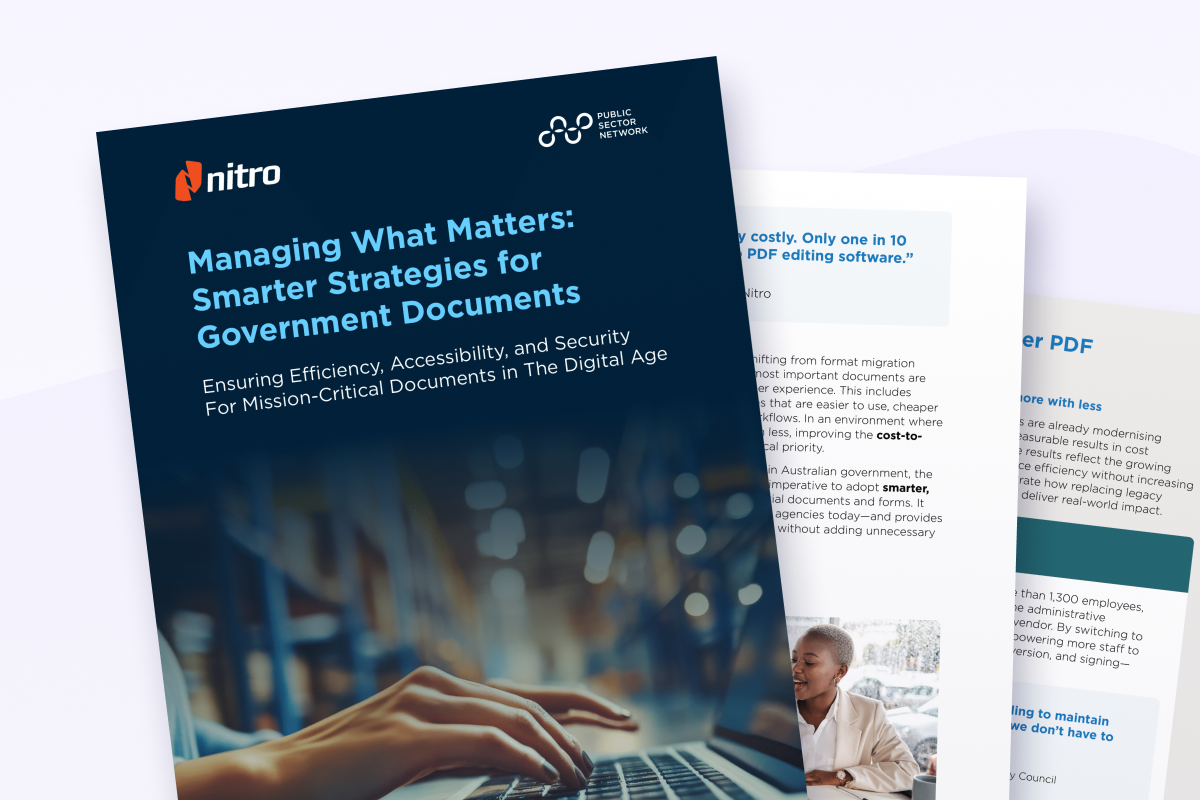Organizations worldwide are feeling the pressure to deliver impactful sustainability strategies.
But achieving true sustainability goes beyond just implementing these initiatives. It requires a fundamental culture shift where every stakeholder is aligned on reaching measurable business goals.
To get started with fostering a culture of sustainability, follow these 3 steps:
- Identify key stakeholders
- Set goals you can measure
- Foster your culture from the inside out
1. Identify key stakeholders
From implementation to ongoing optimization, digitalization impacts nearly everyone in the organization.
Leadership
Leadership buy-in is a major part of any successful change, especially for digitalization. Help each stakeholder on the leadership team understand how sustainability through digitalization aligns with their specific business goals. Whether it is internal priorities (cost reduction, productivity improvement) or external priorities (customer expectations, supply chain requirements), you should explicitly connect the dots for them. By building a unique story for each leader, you close culture gaps and reinforce your value as a true business partner who understands their goals at a deeper level.
Employees
Break bad habits and incentivize sustainable behavior throughout your organization. Beyond simply feeling better about doing the right thing, employees may need constant reinforcement to keep your digitalization efforts top of mind. Consider partnering with your HR leaders to introduce and manage internal programs that inspire more sustainable behaviors. For example, create a program that rewards the business units with the lowest prints per employee with a team lunch or happy hour.External Stakeholders
Partners, shareholders, customers and other external stakeholders should also be considered at each stage. Even though they may not actively participate in the process of achieving your goals, they care about the outcomes and will help you celebrate wins. While you encourage sustainable behaviors internally, you can do the same externally and provide opportunities for connections outside of your organization. Try a quarterly sustainability newsletter or partner events centered around sustainability to push your efforts beyond your office walls.
2. Set measurable goals
Don’t bite off more than you can chew. Set yourself up for success by choosing goals that will benefit your sustainability efforts but are also easily measurable. If you can’t measure it, it will be impossible to prove impact to stakeholders who need to sign off on the continued pursuance of sustainability.
Plus, if you can measure it, you can share results and tell your sustainability story with anyone and everyone who will listen (your CMO will thank you!).
Learn how to measure your sustainability progress in Section 6 of our guide.
3. Foster a sustainable culture from the inside out
Your efforts should be reflected by employee actions, not just projected to stakeholders. From sharing company values with candidates and onboarding new hires, to streamlining knowledge transfer and keeping teams engaged, the CHRO is grappling with huge cultural and demographic shifts internally—all of which require new strategy, technology and process.
If every part of your new hire onboarding process is digital, but the last step requires the new hire to print, sign and scan a form just to enroll in benefits—there goes your productivity. Same for customers and vendors. If your contracts, agreements and other documentation require printing just to sign and mail back—it’s time-consuming and frustrating.
And that’s not the experience you want to be known for.
So, what are we trying to say?
Every stakeholder involved in the employee and customer experience benefits from sustainability through digitalization. And everyone is part of driving that change.
Learn how to drive sustainability through digitalization
A culture shift is a fundamental element of a successful sustainability strategy. Organizations that get it right are better prepared to prevent sustainability challenges and create a long-term impact.
Download our comprehensive eBook to learn two more key steps to delivering sustainability through digitalization.
Questions? Reach out to our team of experts.

/Card-Page%20Previews-AI.png?width=1200&height=800&name=Card-Page%20Previews-AI.png)




